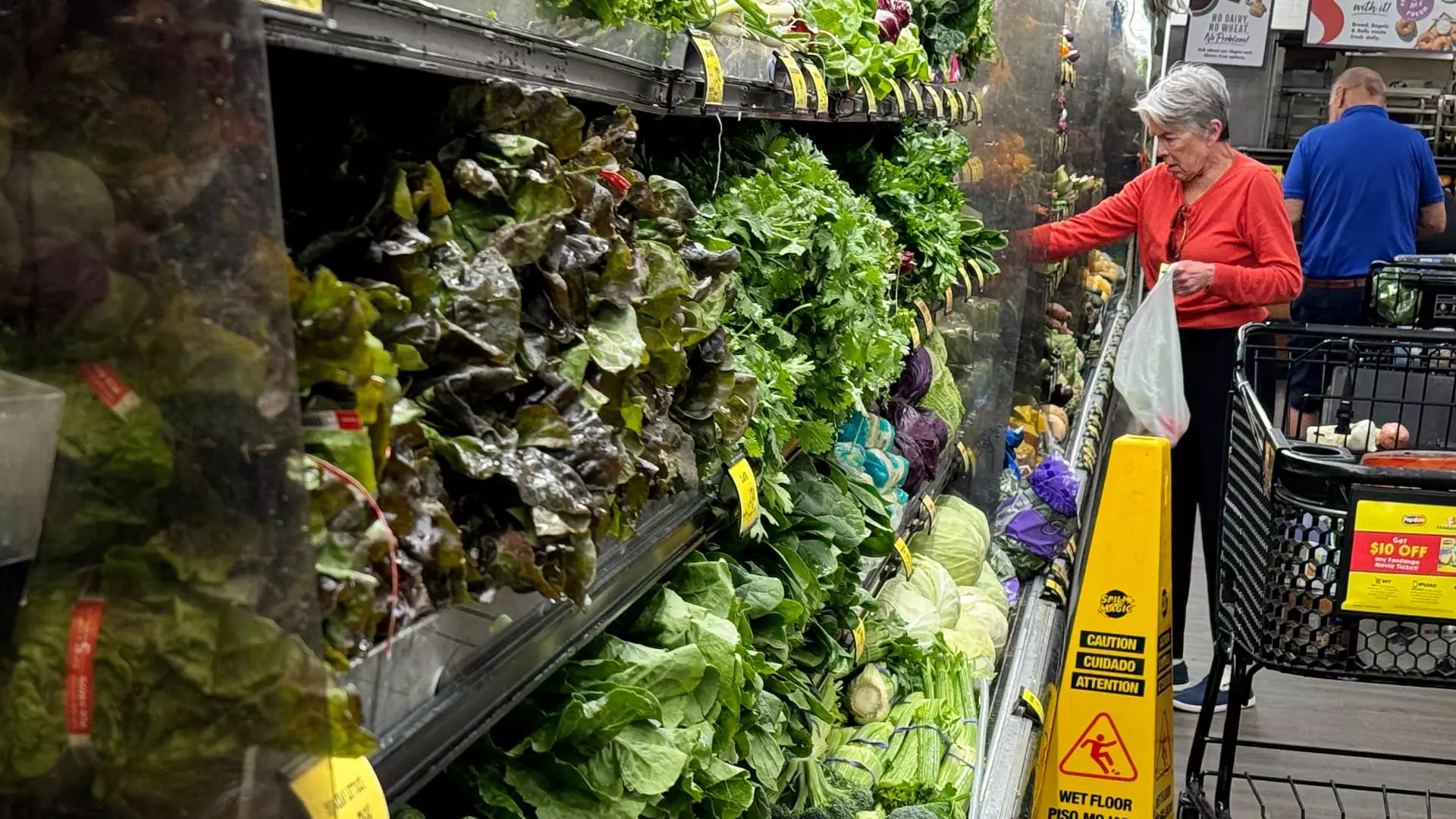In the month of July, inflation in the United States saw a decline, primarily driven by easing price pressures for essential consumer goods and services such as food, energy, and housing. The consumer price index (CPI), a crucial measure of inflation, recorded a 2.9% increase from the previous year. This data signifies a decrease from the 3% inflation rate noted in June, marking the lowest reading observed since March 2021. The CPI provides insights into the rate at which prices are changing throughout the U.S. economy, encompassing a wide range of products and services such as groceries, clothing, transportation, and housing.
According to Mark Zandi, the chief economist at Moody’s, the recent CPI report is indicative of positive news for consumers as inflation for essential items like groceries is experiencing slow growth. Zandi emphasized that this trend is particularly beneficial for lower-income consumers who are facing financial challenges. Moreover, Joe Seydl, a senior markets economist at J.P. Morgan Private Bank, expressed optimism by stating that the worst phase of inflation might have passed. The Federal Reserve utilizes inflation data to shape its monetary policy, with the aim of maintaining economic stability and controlling inflation levels.
Implications for Monetary Policy
The Federal Reserve’s decision to raise interest rates during the Covid-19 pandemic aimed to curb inflationary pressures by making borrowing more costly for individuals and businesses. However, recent data reflecting a softening labor market has prompted concerns among investors regarding the possibility of an impending recession. Despite these apprehensions, economists believe that the Federal Reserve is likely to reduce interest rates further in the upcoming policy meeting scheduled for September. By lowering borrowing costs, the Fed intends to support economic growth and alleviate financial burdens on consumers.
Housing prices, which constitute a significant portion of the CPI, have remained a key factor contributing to elevated inflation levels in the current economic landscape. The shelter index has witnessed a notable increase of 5.1% since July 2023, accounting for a substantial portion of the overall inflation rate. Although shelter inflation experienced a slight decline in June, it rebounded to 0.4% in July, indicating a persistent challenge in the real estate sector. Despite these challenges, experts anticipate that the gradual slowdown in housing inflation could align with broader market trends.
Factors Influencing Inflation
Aside from housing costs, certain categories such as motor vehicle insurance, medical care, personal care, and recreation have exhibited noticeable increases in prices over the past year. The surge in inflation for car insurance premiums and vehicle repair services is linked to rising expenses associated with maintaining and insuring automobiles. Furthermore, fluctuations in food prices, particularly for items like eggs, bacon, and crackers, have contributed to variations in overall inflation rates. Despite these challenges, overall grocery inflation has decreased from the peak levels observed in 2022.
The recent trends in inflation in the United States underscore a complex interplay of economic factors that influence price levels across various sectors. While the mitigation of inflationary pressures is a positive development for consumers, challenges in the housing market and other key industries persist. As policymakers and economists navigate these uncertainties, the Federal Reserve’s upcoming decisions on interest rates will play a pivotal role in shaping the economic landscape and supporting sustainable growth in the post-pandemic era.

